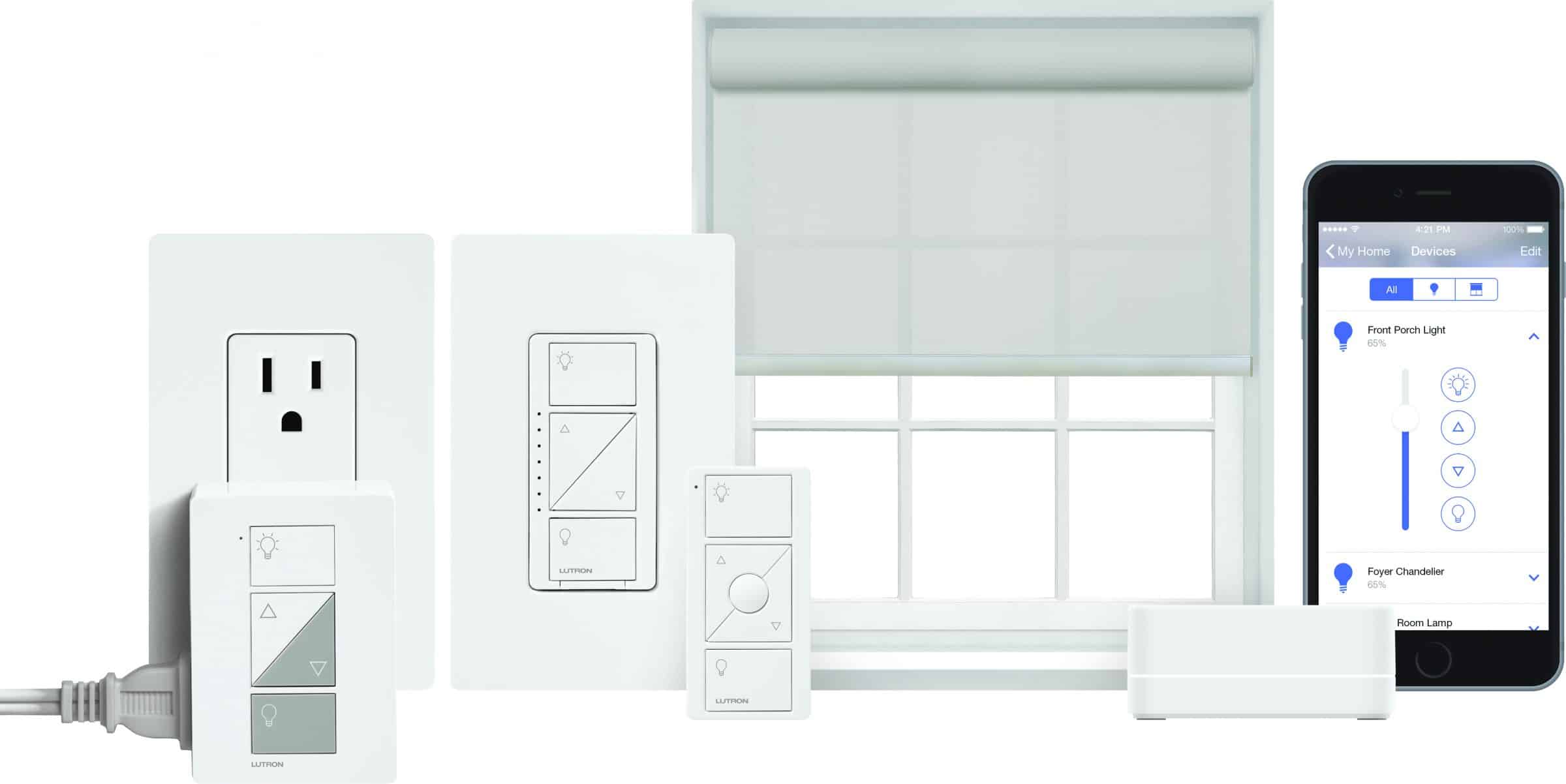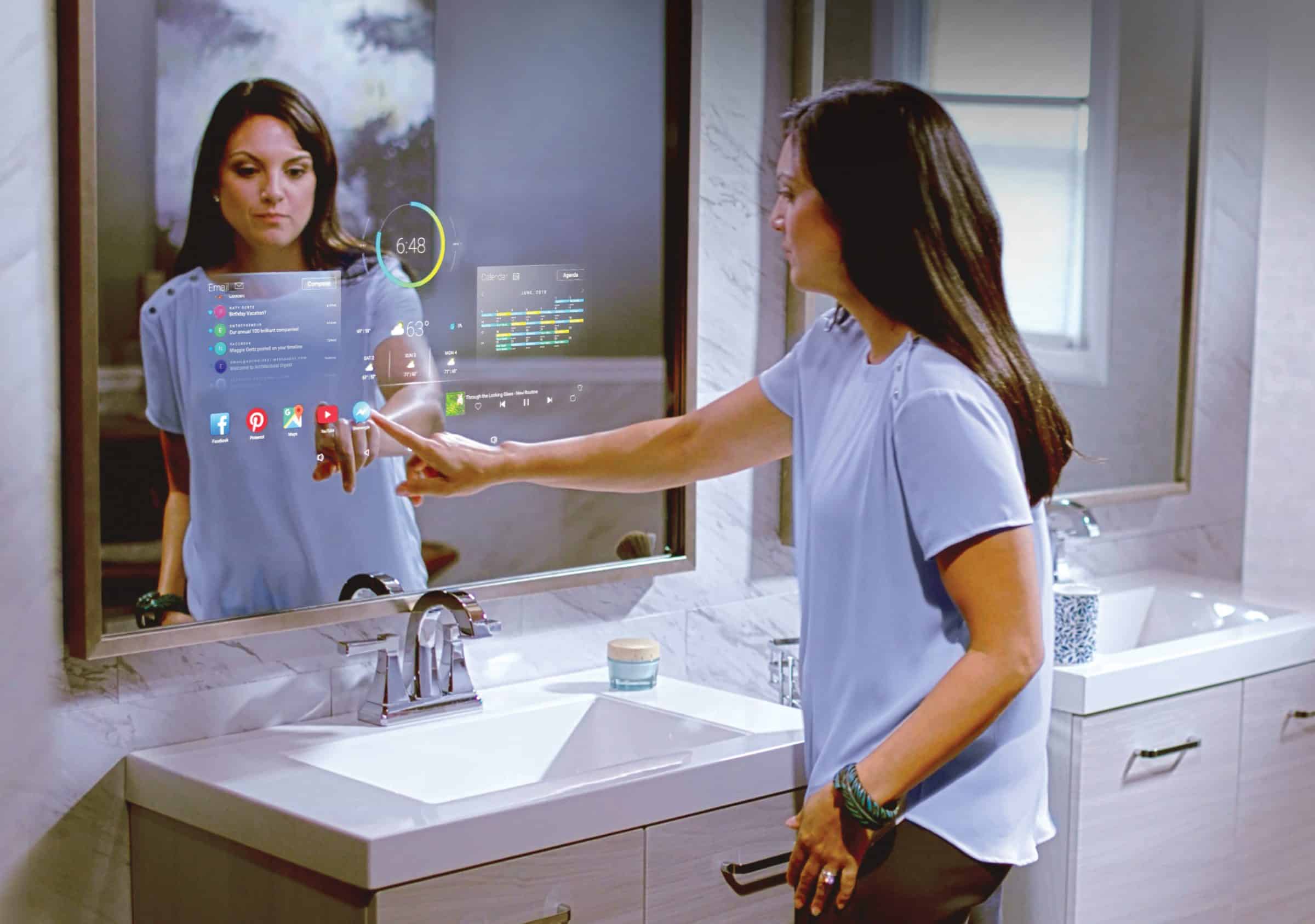 This is an incredible time to be a homeowner! With the number of home automation products on the market right now, demand continues to grow for this industry valued at over $20 billion. Specifically, home lighting control systems have a number of long-term advantages for homeowners including energy efficiency. And who doesn’t want to save money on their energy bill?
This is an incredible time to be a homeowner! With the number of home automation products on the market right now, demand continues to grow for this industry valued at over $20 billion. Specifically, home lighting control systems have a number of long-term advantages for homeowners including energy efficiency. And who doesn’t want to save money on their energy bill?
We are all looking for innovative and continuous solutions to making our lives more convenient and comfortable. The smart home automation systems are an option worth investing in. CCS Southwest offers the highest quality home automation services for both residential and commercial clients using the latest technological products meant to elevate your comfort level, including home automation lighting control. We offer peace of mind through cutting edge technology that will bring you a level of security, surveillance and privacy you have yet to get acquainted with.
How Home Automation Works
Let’s dive right into how this all works! Home automation has been in use and is the wave of the future. If you’re familiar with any futuristic Sci-Fi movies, you may have seen some type of automation used and it usually provided ease and convenience for the user. Well, you’re in luck because the future is here. That’s always the goal of home automation. However, the integration systems can be complex, requiring WiFi and expert installation. That’s where we step in with customization, personalization, and additional options that will complement and automate your life.
In a nutshell, home automation can be defined as a system meant to control lighting, climate, appliances, and entertainment systems. Home security and alarm systems can also be integrated into systems that utilize voice recognition and facial recognition. Depending on how advanced you want to get, home automation can be taken to a number of different levels based on your personal preferences:
- Lighting Control: The main processor communicates with all lights inside and outside the home. In areas where you would typically have four or five light switches, they are replaced by a single keypad with multiple buttons.
- Home Network: All devices that connect to the homes WiFi or LAN essentially become part of the network. This includes routers, modems, and network switches.
- Security/Surveillance: Security monitors all opening doors and windows as well as motion detection and sensing broken glass on the property.
- Climate Control: The ability to monitor or control the Heating and Air Conditioning from a central control device from inside the home, or remotely
Whether you realize it or not, you are already using automated tools in your everyday life. Have you ever programmed your sprinkler system or coffee pot? Yup, that’s considered home automation. Now, manufacturers use Z wave technology for wireless applications that integrate sensors to smoke detectors, security systems, home heating systems, and locks. Smart systems use remote programming and monitoring that communicate with all your devices while being connected to a system. With smartphones and tablets at our disposal, we have so many more options for remote control of a smart system. But how did we get here?
History of Home Automation
If you’ve ever watched Star Trek or remember Marvin the Martian from Looney Tunes, familiarity with home automation should be second nature by now. Yes, embedded in our beloved cartoons and TV shows were glimmers of the future that we may or may not have noticed. That’s because it was all still theory at the time and the technology didn’t exist. Fast forward to 2020 and we’ve embarked on several new ways to live and explore our world today.
Many link the history of automated smart homes back to the development of ECHO IV from the 1960s. This device was able to work the thermostat or turn on specific appliances but never made it to the market. However, in 1975, there were advancements made with the creation of the X10 system that used electric wires in the home to connect a controller to a third party by sending signals throughout the house to turn on lights, blinds, appliances, and whatever else was connected. There were some issues with this innovation because it used pre-existing lines that prevented some signals from going through. Due to this, products would misread the signals sent and interpret them as activation codes. Still, it was considered a success and still exists today.
The history of home automation is dated much earlier with Tesla’s first remote control created to operate a toy boat in 1898 using radio waves to send instructions to a handheld device. Between 1901 and 1920, the rapid development of home appliances was in full swing starting with an engine-powered vacuum cleaner and quickly followed up with refrigerators and washing machines. The ECHO IV capitalized on the rapid technological advancement by attempting to synch these new devices. Just like that, the smart kitchen was born.
The phrase “smart home” was introduced in 1984 by the American Association of House Builders and in 1996, the Clapper entered our homes and we’ll never forget it even if we wanted to! This device allowed you to turn lights on and off with sound, specifically a clap and is the first automation lighting device. Although innovative and ahead of its time, the Clapper could be triggered by other sounds as well.
As home automation popularity grew between the late 1990s and early 2000s with the development of internet technology, it also became more affordable and accessible. Domotics or domestic technology was a hot topic and the Millenium House was born. This British show – home was a demonstration of what an automated home could accomplish. Today, home lighting systems technology has advanced by leaps and bounds.
Home lighting control systems
Quality lighting is an important aspect of our daily life and is often taken for granted. Lighting control is the ability to regulate the level and quality of light in a given space for specific tasks or situations. Controlling light properly not only enhances the experience, it helps to save energy by using light when and where it is needed most.
New technology now allows you to connect the functioning of your lights to your smartphone or tablet from anywhere in the world. Voice control devices are making this much easier by installing a smart home section that can be voice-activated. Other options are available like wire – in and advanced wire – in systems. These home lighting control systems give you control over hardwired devices in your home. Many wires in devices include light switches but others can come in the form of keypads and wall outlets. Various types of these systems are available including dimmable and non-dimmable options.
Benefits of Automated Lighting

With all the benefits of wireless of an automation lighting system, it’s no wonder people are taking the plunge and making the investment. For the busy world we live in, it is no longer a luxury but a necessity. We’ve listed some reasons you should too:
- Security – Increased security is always a priority for homeowners. Being able to have your lights on before you enter the home is a huge benefit. We’ve all been there coming home to complete darkness and feeling your way to the light switch. With an automation lighting system, no more tripping over the dog or your toddler’s toys you forgot to put away or coming face to face with an unexpected intruder.
- Energy efficiency – Save money with an automated lighting system that has been programmed for lights off at your preferred time or when they are not in use. Long gone are the days when you must remind your kids to turn off the lights when they leave the room. Watch your energy bill fall and your saving rise by automating your appliances. Every little bit counts.
- Convenience – Asking our neighbors to watch the house for us while we are gone has become second nature but not anymore. Keep an eye on your house from your smartphone or tablet while you’re vacationing or out for a few days. You don’t have to trust someone else to watch your house when you have the information at your fingertips.
- Comfort – If you live in Arizona, you know this better than anyone. Coming home to a warm house after being in 100-degree heat is no fun. Automation lighting lets you program your air conditioning to be on before you enter the home, so you come back to a comfortable and cool environment.
The Benefit of Dimming:
In the average home, most light controls are a simple on/ off switch, rather than a dimmer. Traditional light switches are one of the few appliances that only have two settings – on and off. Through dimming, users can control the quantity of light their fixtures provide to fit specific tasks, moods, or situations.
Preset Lighting:
Systems can store personalized settings for multiple lights, allowing you to completely tailor the lighting scheme in any room. Selecting a scene is as simple as pressing a single button. Lighting can also be set to increase your space’s security and safety. Advanced systems like Lutron HomeWorks can work in conjunction with a security system to switch on all lights if an intruder enters a home.
Total Light Control:
True light control reaches further than shading and dimmers. Light management systems can make lighting a vibrant and vital part of any space. Daylight sensors, for example, can automatically adjust shades and overhead lights to maintain the perfect look throughout the day, while occupancy sensors can ensure that lights are never left on when a room is not in use.
The Future is Now
CCS Southwest provides the best in automation lighting services with personalization and quality that is unmatched but that’s not all. Started in 1991, we have over 29 years of experience in AV integration, installation, training, and maintenance. Using the best technology in LCD displays, digital projectors, room control systems, and audio systems we service residential and commercial clients in 17 states. Take the first step in creating an increased peace of mind for you and your family with a home lighting top home automation system. Our commitment to presenting better solutions for our customers is instilled throughout our organization of over 300 employees. Give us a call or inquire on our website for a quote or consultation about adding a home automation light system today.


